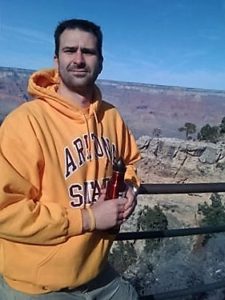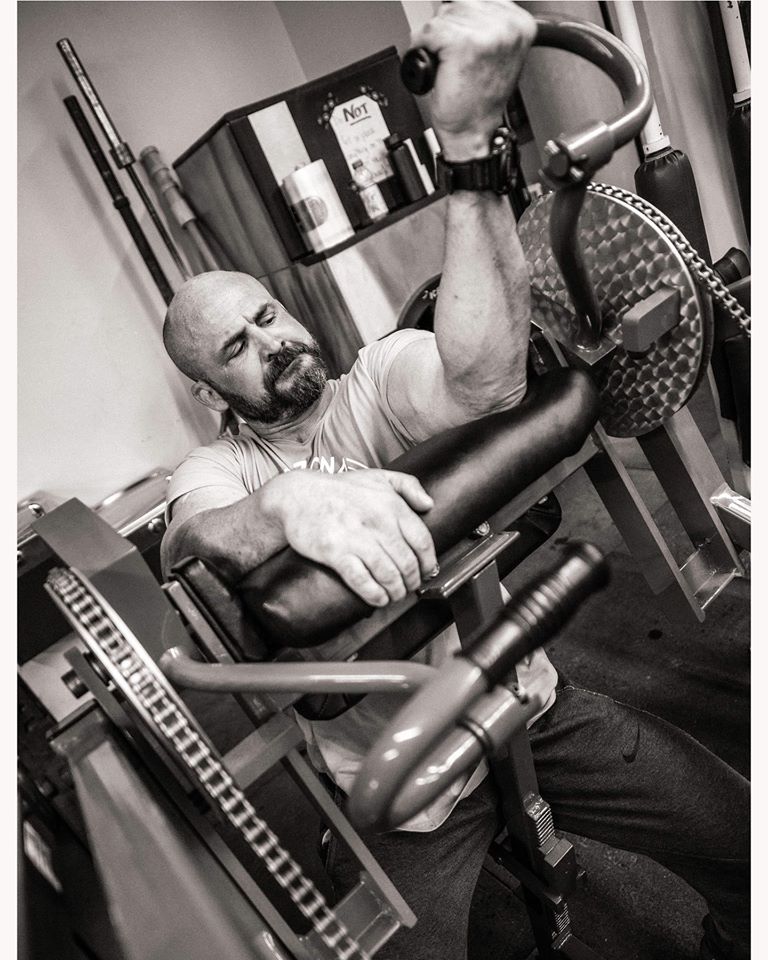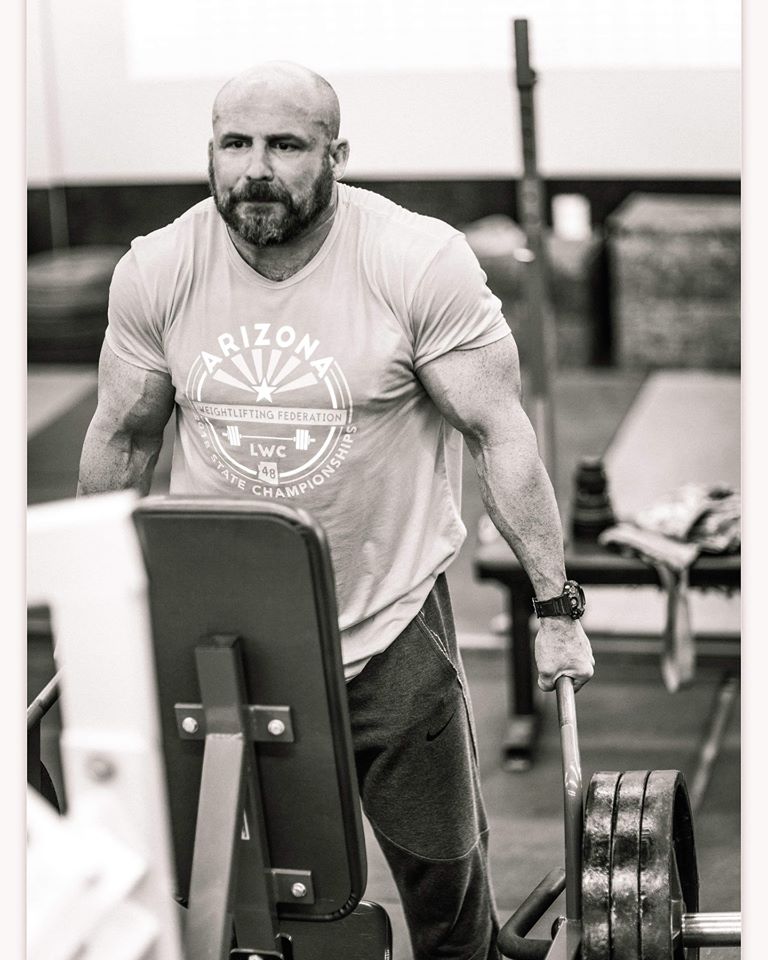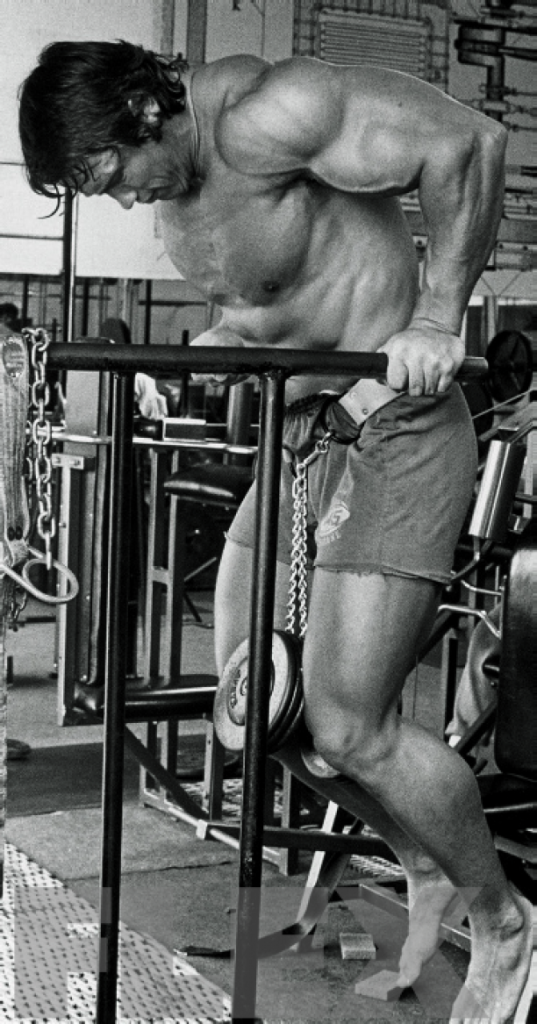In the most basic terms, Hypertrophy refers to an increase in the size of a…
For Time vs. For Longevity: CrossFit Meets Physical Education, Interview with Kent Lorenz

Kent Lorenz
What brought you to study exercise science?
It’s actually been a circuitous journey. Initially, I completed my undergraduate degree in physical education, back in Canada. I realized then that I loved teaching, but I wasn’t thrilled about teaching in high schools. Instead, I got into strength and conditioning and personal training, so I got a second undergraduate degree in exercise science. At that time, I wanted to be a strength and conditioning coach, so I went on to a Master’s degree in exercise physiology.
As it turns out, while I was teaching at the university level, I got a chance to teach physical education. I actually fell in love with working on physical education in schools—looking for ways we could incorporate strength and conditioning and fitness in schools. I then wound up doing a PhD in physical education here at Arizona State University. I was able to combine both strength and conditioning and teacher education, which led me to training physical education teachers and coaches, allowing me to talk about both the science and the art of coaching.
What courses do you teach/have you taught at Arizona State University?
As a doctoral student I taught all physical education classes, but what was unique was that I also got to teach strength and conditioning for physical education teachers. PE teachers are generally not trained in strength and conditioning, so I got to combine the two in my courses. When I got a job here in the ASU exercise science department, for one year I taught all the undergrad 200 level courses, and now I teach leadership and management in strength and conditioning.
I’m actually moving to San Francisco State University this summer. I’ll be starting a tenure track position, teaching elementary physical education, and fitness and health.
Could you speak a bit about your research in exercise science?
Most of my research is in physical activity behaviors in schools. I’ve focused on creating out-of-class opportunities for kids to be physically active. Specifically, here in Arizona, there are very few physical education requirements. Most kids don’t get opportunities to be active during the school day—usually because facilities are limited to class use and team sports. So, I’ve focused on creating lunchtime programs and before-school programs—all recreational, noncompetitive, drop-in. It’s about getting as many people as we can to get out and play. I’m looking at how we can incorporate strength and conditioning and motor competency—not just for team sports, but for overall fitness. We’re hoping to give people a really good foundation, and also to create lots of opportunities for them to be active now and into the future.
Has being involved in CrossFit connected with or informed your academic work at all?
It’s been fantastic. For the longest time, I only had a superficial understanding of CrossFit—especially earlier on when it was a little more “fringe.” As an academic, I thought it was ridiculous—all these people doing things with bad form “for time.” As I matured as a scholar, though, I had the opportunity to talk to a few students at ASU about it. They convinced me to broaden my perspective and give it a chance.
My students recommended East Valley CrossFit, which I joined. It’s probably the best thing that I’ve done fitness-wise. Before I joined CrossFit, I had been doing my own programming, and I’d reached a point where I’d stalled out and gotten really bored. Seeing how CrossFit balanced its diverse requirements—strength, endurance, mobility, and the mental challenge (that’s been huge for me) – that changed things up for my own training and how I think about the stuff we should be doing in schools. These are things that people would be willing to do, and would need to do in their adult life. That’s the sort of stuff we should be teaching in schools. Let’s face it, most people won’t be basketball and football players when they grow up, but that’s our main focus in schools: team sports. I’m emphasizing going back to a more movement-based education—something people can carry through into adulthood.
Are there more connections you hope to see made between the CrossFit community and physical education programs?
Absolutely. One of my friends—her sister is CrossFit Kids-certified. She told me about the Kids cert, and that’s basically a physical education teacher-education program in a one-day course. I think there will be lots of opportunities to partner the CrossFit community with fitness education. What CrossFit does really well is that it gets everyone involved and makes sure that every participant is getting the most out of the workout. Our emphasis in physical education should be to make sure that each kid has the opportunity to be successful. I would like to find ways to incorporate that in a more formal teacher education program, and to put that into schools. My ultimate goal would be to have the SF Unified School District adopt CrossFit programs in each of their high schools and middle schools, and to train teachers in CrossFit methodologies—not only for PE classes, but for after-school opportunities, and for opportunities for the staff and the parents to be active as well.
Is there anything else you’d like to add?
Actually, yes. It’s something I’ve been thinking about more over time—the misperception of CrossFit. I think that a lot of people conflate recreational CrossFit with competitive CrossFit, but these are two very different things. It’s the same thing with physical education in schools, which is so focused on athletic development for team sports, which means that you’re missing out on 98% of the population. There’s this idea about CrossFit that we’re just doing things really fast for time. But no, it’s about being able to pick something up off the ground, or being able to do a pull-up. You don’t have to kip. You don’t have to compete with the guy next to you. I don’t know if it’s a perception problem or an execution problem, but I think some trainers get caught up in the competitive attitude, and they forget that the majority of their clientele aren’t doing this to be Games athletes. The competitors can go hard more often, but that’s for a very short time-span. When you have someone who wants to do this for longevity—like me—I don’t want to be too sore the next day to move my arms. I don’t want to sacrifice form for a faster time. Hey, if I’m three seconds faster, I might win, but what have I sacrificed? What have I risked? That’s where the “games mentality”—having to compete, with every moment in every rep—can be overdone.


